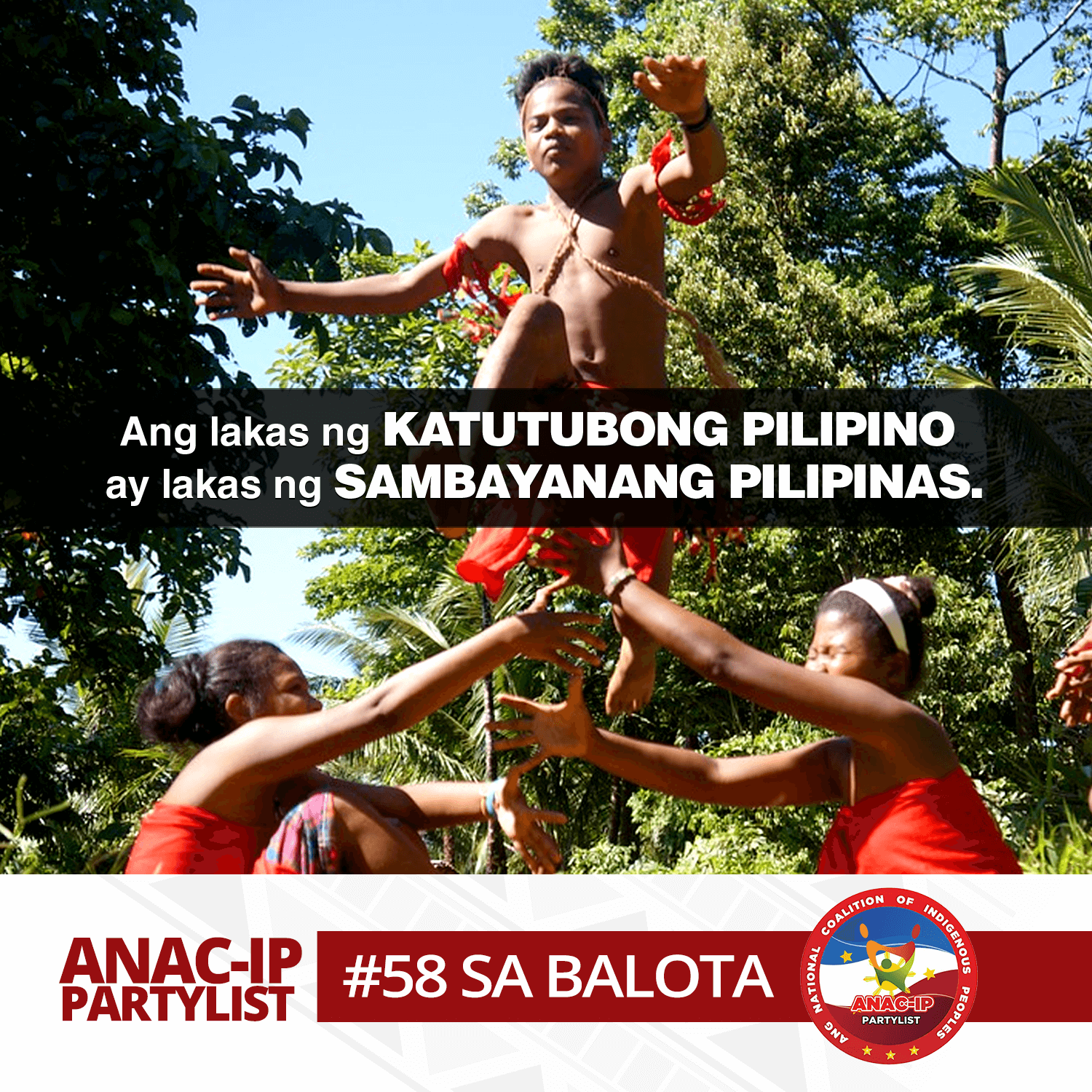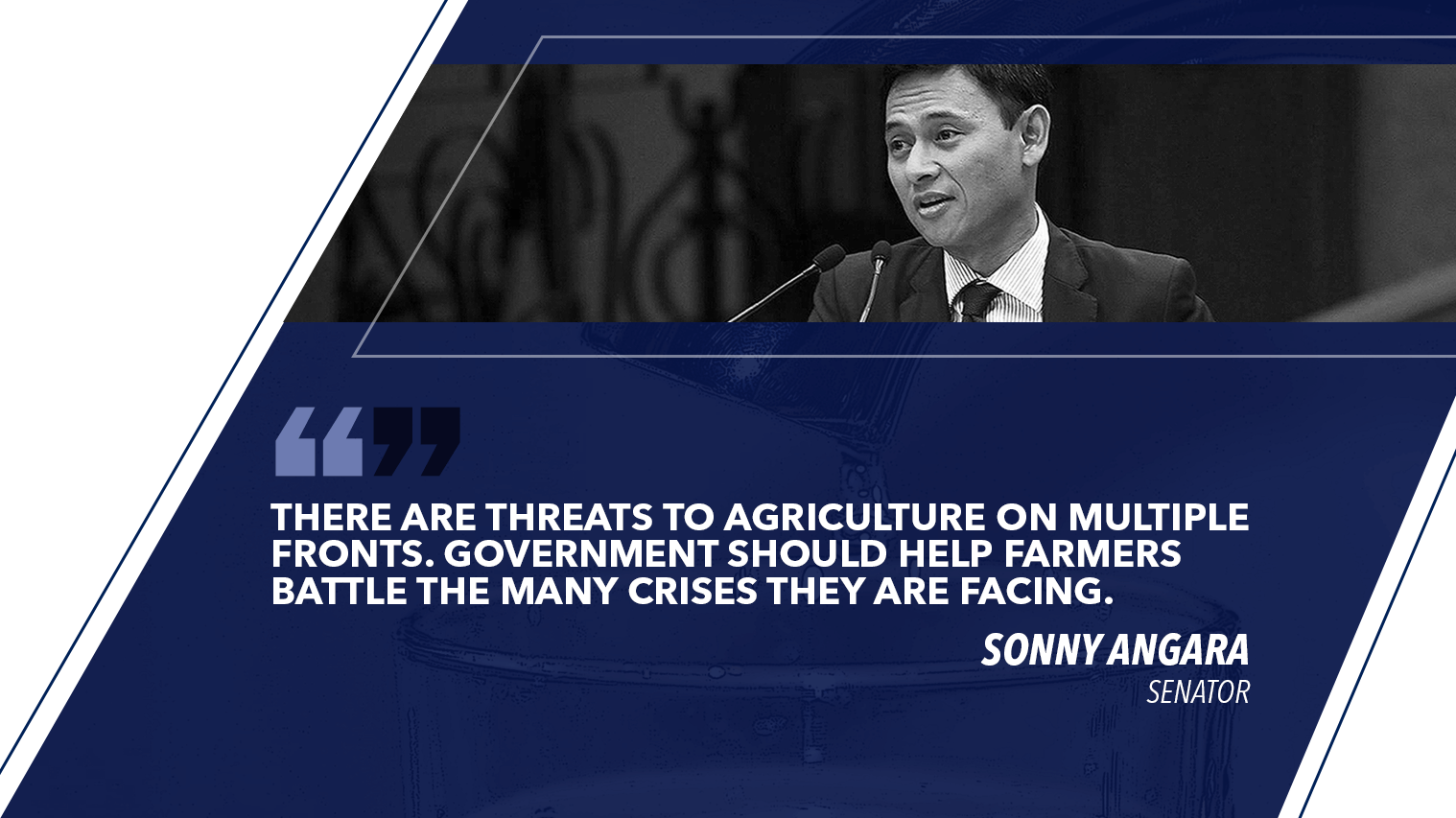Government should roll out an El Niño action plan in food-growing areas of the country before the drought caused by the weather phenomenon unleashes its full brunt on farmers who are also grappling with low rice and coconut prices.
This was the call made by reelectionist Senator Sonny Angara, who also urged a “proactive stance” on the part of the government beginning with the designation of an “anti-El Niño czar” who will orchestrate a multi-agency response to the dry spell, which is already forcing farm harvests to dip.
“An ‘anti-El Niño czar’ will orchestrate a multiagency response to the dry spell.”
“A man-made disaster over a natural disaster is a double whammy that will leave less food on the table for families and less income for farmers,” said the seasoned legislator, who is running under the platform “Alagang Angara.”
The veteran lawmaker added: “There are threats to agriculture on multiple fronts. Government should help farmers battle the many crises they are facing.”
The senator from Aurora said government can help by “flooding areas hit by drought or prone to El Niño with assistance.”
“Timely aid is one way of preventing farmers’ anger from boiling over. El Niño can also ignite dissatisfaction. Ang init ng panahon ay nagpapataas din ng galit,” he said, referring to the 2016 El Niño episode when government “came too late, too little.”
“Timely aid is one way of preventing farmers’ anger from boiling over.”
Angara, chairman of the Senate Committee on Ways and Means and vice chair of the Senate Committee on Finance, identified four sources of government funds which can be merged to fund El Niño mitigation measures.
These are the Calamity Fund, or what is officially called as the National Disaster Risk Management and Mitigation (NDRMM) Fund; the budget of agriculture agencies like the National Irrigation Administration (NIA); the Rice Competitiveness Enhancement Fund under the recently passed Republic Act 11203 or the Rice Tariffication Law; and the Department of Social Welfare and Development’s funds to aid distressed families.
The P20 billion NDRMM fund can finance preparatory activities in anticipation of an imminent disaster while the P36 billion NIA fund can be used for water-saving measures in government-managed irrigation systems.
Both can be implemented through a work scheme that will tap farmers as laborers, thus providing income to people who would work on infrastructure that will benefit them.
Another funding which can be frontloaded for El Niño mitigation is the P10 billion for safety nets mandated under RA 11203.
There is also a menu of aid programs under the DSWD budget for 2019 which can be harnessed to shield farmers from the effects of the forecasted dry spell.


